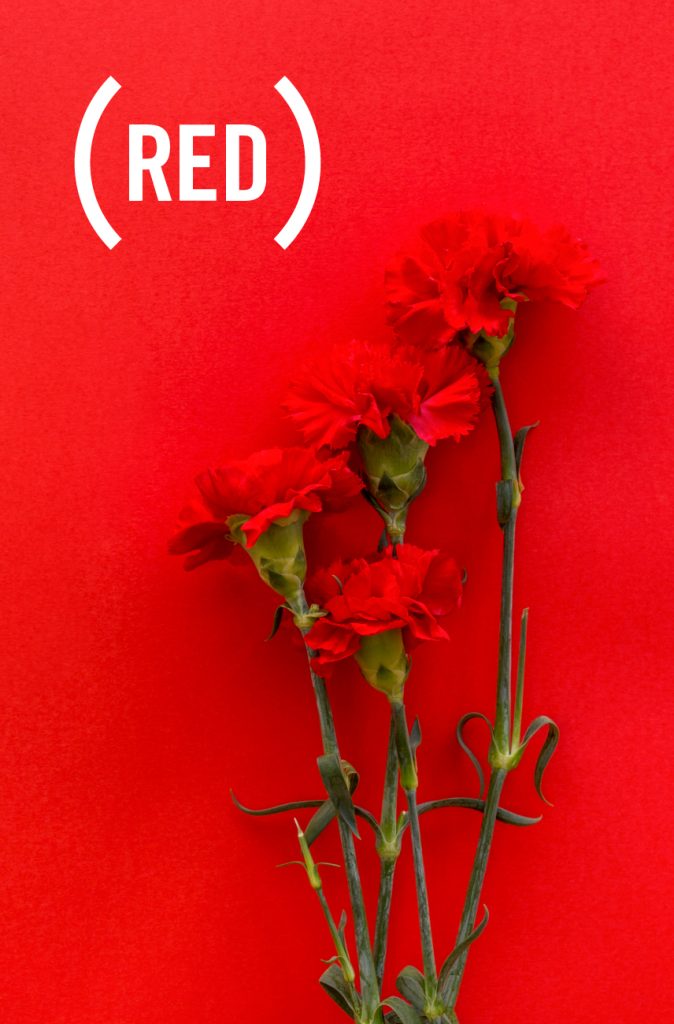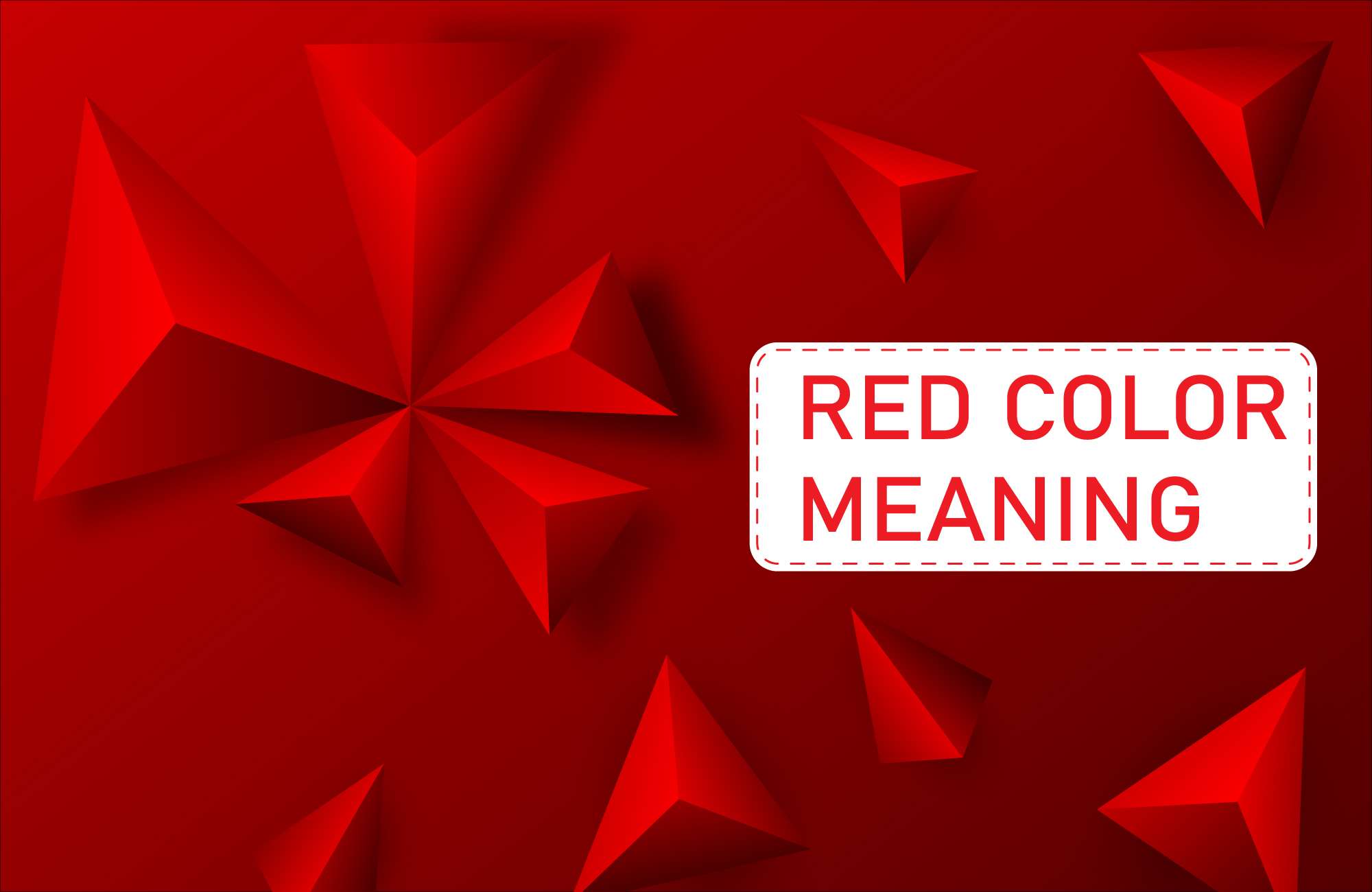Red Color Meaning
Red is a vibrant and attention-grabbing color that holds sizeable meaning across diverse elements of human lifestyle and psychology. It inspires sturdy feelings, symbolizes strength and passion, and has a wealthy history of symbolism in one-of-a-kind contexts. In this text, we will explore the numerous interpretations and institutions of the coloration Red.
The Psychological Impact of Red
The color red has a profound psychological impact on individuals. It is known to stimulate appetite, increase heart rate, and create a sense of urgency. This energetic color is often associated with strength, determination, and confidence. On the other hand, it can also be linked to aggression and anger in certain contexts.
Read more: Green color meaning
Cultural Symbolism of Red
Red carries different symbolic meanings in various cultures. In many Eastern cultures, red is considered auspicious and represents good luck, joy, and celebration. It is often used in traditional ceremonies and festive occasions. In Western cultures, red is often associated with love, passion, and romance, symbolizing desire and sensuality.

Red in Nature
Red is prominently found in nature, adding vibrancy and allure to the world around us. It is the color of ripe fruits like apples and cherries, signifying vitality and abundance. Red flowers such as roses are often associated with love and beauty. Additionally, the changing foliage in autumn showcases stunning shades of red, creating a visual spectacle
Red in Religion and Spirituality
Red holds spiritual significance in many religious traditions. In Christianity, red represents the blood of Christ and is associated with sacrifice and redemption. In Hinduism, red symbolizes power and passion, often seen in the attire of deities and during religious ceremonies. The color also plays a role in other faiths, carrying symbolic interpretations specific to each.
Red in Art and Design
Artists and designers have long utilized red to convey powerful messages and evoke emotions. In paintings, red can represent intensity, drama, and vitality. It draws the viewer’s attention and creates a focal point within a composition. In graphic design, red is commonly used for emphasis and to capture the viewer’s interest.
Red in Fashion and Marketing
The color red holds a significant influence in the fashion and marketing industries. It is associated with confidence, boldness, and attraction, making it a popular choice for clothing brands, cosmetics, and advertisements. Red is often used to create a sense of urgency or to draw attention to sales and promotions.
Red as a Warning Sign
Red’s striking and attention-grabbing nature makes it an ideal color for warning signs and signals. Red is commonly used in traffic signs, indicating danger, stop signals, or prohibited actions. Its boldness effectively communicates the need for caution and alertness.
The Emotional Spectrum of Red
Red’s connotation can vary across the emotional spectrum, despite the fact that color is frequently connected to passion and excitement. Pink and other paler red hues can arouse sentiments of sweetness, tenderness, and romance. Darker hues like burgundy or maroon might imply depth, sophistication, and style. The type of red used can have a significant impact on the emotions it evokes.

Red in Language and Idioms
Numerous idioms and expressions in many different languages use the color red. For instance, the expression “seeing red” is used to signify great rage or irritation. Similar to this, the expression “red-handed” describes getting caught doing something wrong. These linguistic connections emphasize red’s potent influence on our perceptions and feelings even further.
The Power of Red
Red holds a unique power to capture attention and make a bold statement. Its high visibility makes it a popular choice for important symbols and landmarks. Red is often used in national flags, representing courage, strength, or revolution. Additionally, it is frequently utilized in corporate logos to convey energy, passion, and memorable brand identity.
Common Misconceptions about Red
Red, despite having a strong and positive meaning, is sometimes misunderstood. One prevalent misunderstanding is that the color red is invariably linked to negativity or danger.
While it is true immense symbolism in various aspects of human life. Its vibrant and energetic nature evokes strong emotions, and its meanings range from love and passion to power and warning. Understanding the significance of red allows us to appreciate its impact on our psychology, culture, and everyday experiences.
FAQs
- Is red universally associated with love and passion?
While red is commonly associated with love and passion in many cultures, its interpretations can vary. In some cultures, different colors may hold specific associations with love and romance. - Why is red often used in warning signs?
Red’s bold and attention-grabbing nature makes it highly effective for warning signs. Its visibility helps communicate the need for caution and alertness in various contexts. - What emotions does red evoke?
Red can evoke a range of feelings, including ardor, exhilaration, anger, love, and depth. The unique coloration of red and the context in which it’s used can impact the emotional reaction. - Does red have any spiritual significance?
Yes, red holds spiritual significance in many religious traditions. It may symbolize sacrifice, power, redemption, or other aspects depending on the specific beliefs and practices. - Can red impact consumer behavior?
Yes, red is often used in marketing and advertising to grab attention, create a sense of urgency, and evoke feelings of confidence and attraction. Its powerful presence can influence consumer behavior.
Incorporating these aspects, the red color holds a deep-rooted meaning that extends beyond aesthetics. It continues to shape our perceptions, emotions, and cultural expressions. Whether we encounter it in nature, art, or daily life, red remains a color that demands attention and ignites powerful reactions within us.











